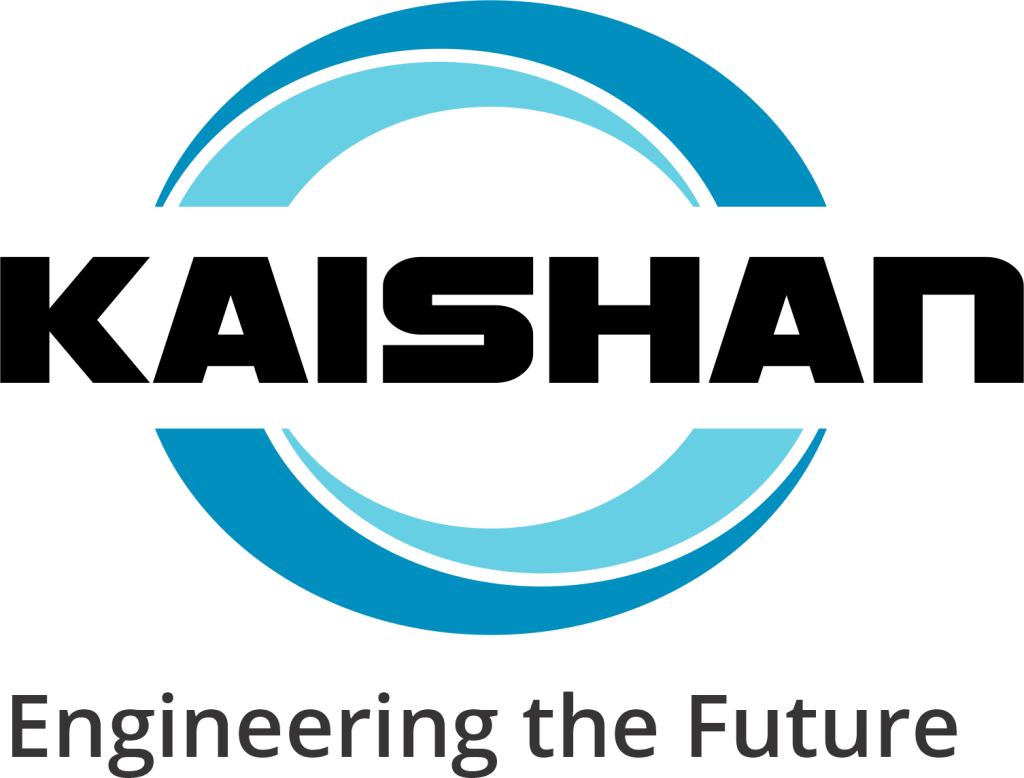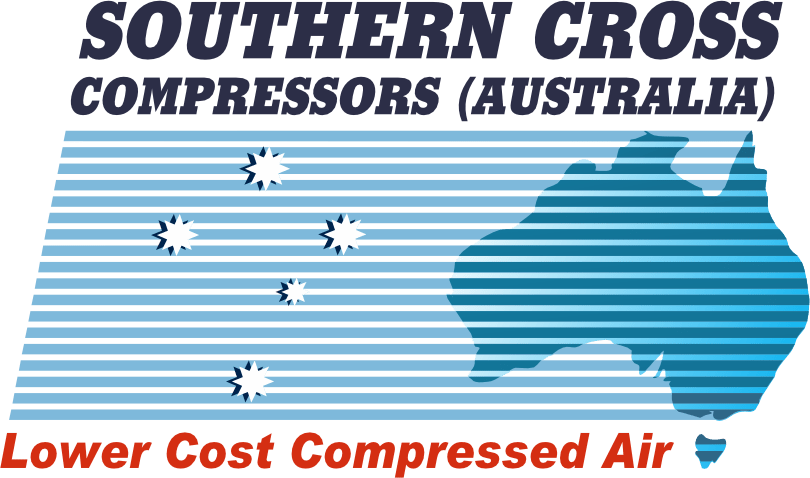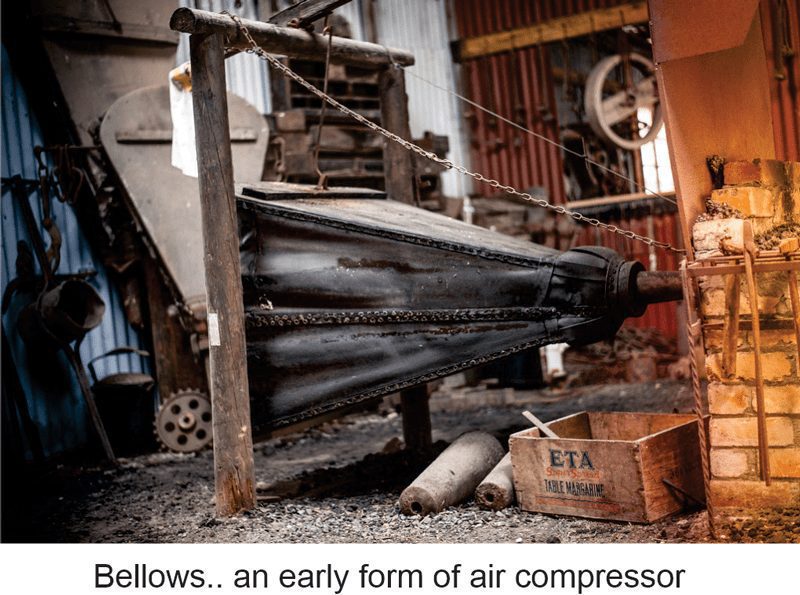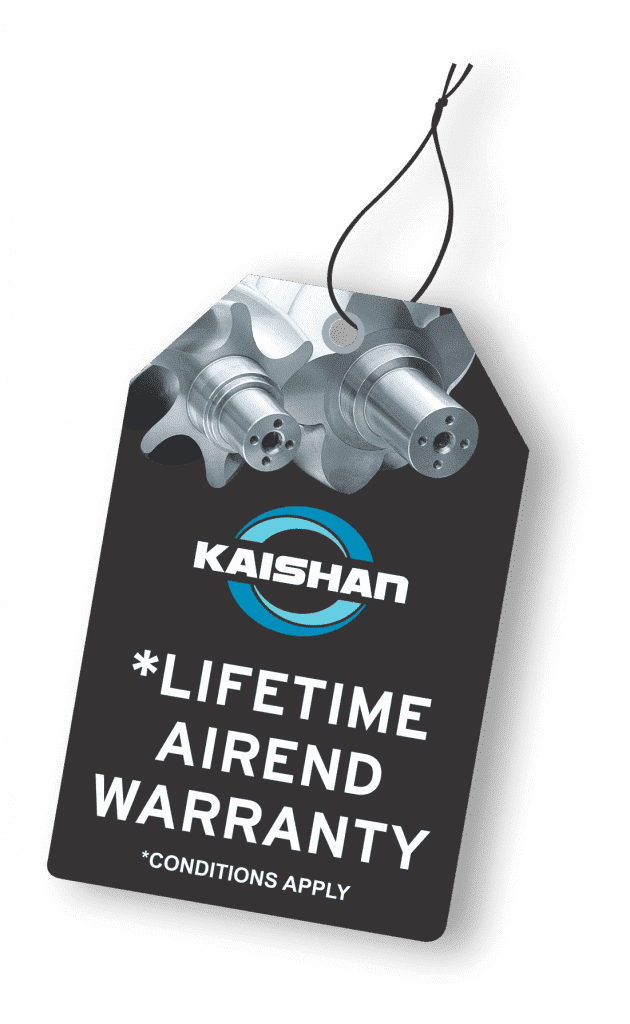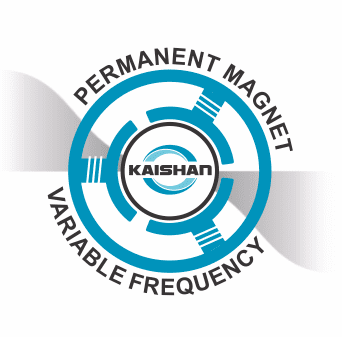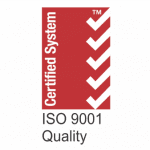An air compressor has been used for hundreds of years to power an incredible array of different devices. Those who have experience in engineering, manufacturing and construction are especially aware of this, as these machines are responsible for a great deal of the power used in these industries.
THE HISTORY OF COMPRESSED AIR
In mathematics, there are so-called “natural” numbers. They are named because they are self-evident, and the logical conclusion is that anyone with an inclination to look would inevitably discover them. If ever such a machine existed, it would be the air compressor. Its invention was as inevitable as the discovery of pi. Largely, this is because we have our very own air compressors built into our bodies — our lungs.
We utilize our lungs’ compressing qualities whenever we blow on a struggling fire to supply it with oxygen, blow the dust off a surface or try to fill up a balloon. Prehistoric humans may not have known the exact mechanics of what was happening in their chest cavities — specifically, their diaphragms pressing upward on the lungs and creating pressure — but they understood the results.
First compressed air inventions
Around 3000 B.C., people began practicing metallurgy more regularly. To obtain the high temperatures required to melt metal, one needed a steady stream of oxygen to blow onto the fire. They somehow scraped along with rudimentary means until the invention of bellows in around 1800 B.C. Bellows went through different designs, but are most commonly made of a flexible bag placed between two inflexible boards. Typically, these two boards are hinged together at one end, and they are then pumped together and apart to create alternating high and low pressure inside the bag. The result, of course, is a steady stream of air out the nozzle.
The Invention of Air Compressors
It was the Industrial Revolution that saw the rethinking of bellows. In 1762, the inventor John Smeaton found a way to rig a water wheel to power a blowing cylinder. Smeaton enjoyed a brief run of success with his invention — but as is the case with revolutions, more change was soon to come. A few years later, just as his country was entrenched in losing the American Revolution, Englishman John Wilkinson’s hydraulic blowing machine came to prominence. It was this hydraulic blowing machine that became the inspiration for modern air compressors. It was no surprise that the idea caught on, as during this period air compression was making its way to many different industries. Far from just heating blacksmiths’ fires, the air compressor was now in use in metal mines, fabrication plants and in underground work areas where ventilation was needed. In 1857, a rail system was installed between Italy and France that bore an eight-mile tunnel full of workers. Because oxygen can quickly get used up in such environments, air compressors were responsible for moving air into the tunnel.
Half a century earlier was when air compressors appeared as more than just a way to move air — it also dawned on people they could transport energy. Much like the forthcoming era of electricity, this period saw a host of inventors exploiting compressed air’s other abilities. A plant in Wales used compressed air to power its workings in the 1820s. This gave rise to the idea that this might be even more effective than steam power, which was the height of technology of the day.
The very same 1857 rail tunnel that used air compressors for ventilation also used them for power. This came in the form of pneumatic drills, which both the French and Italian teams used to blast through rock inside the tunnel. Also known as a jackhammer, a pneumatic drill uses compressed air to power the up and down motion of its hammer.
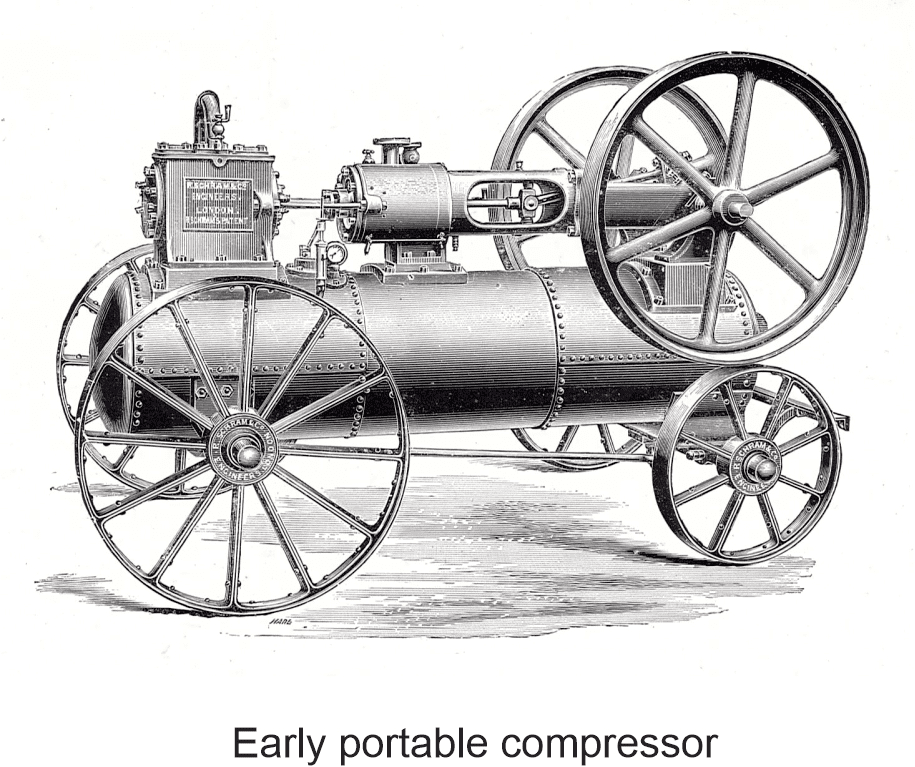
First air compressor plant
In 1888, the engineer Viktor Popp — an unpromising name for a man specializing in high-pressure air systems — introduced the first compressor plant to Europe. This plant went from producing 1500 kW to 12 times that amount just three years later. At that time, it seemed compressed air was heading toward a very different kind of future.
The 1900s and the Road to Modern Air Compressors
As debates over whether compressed air would render electricity obsolete in Europe raged in Paris, the entire world seemed to be gearing up for its adoption. And while compressed air never did replace electricity, it did come to dominate in other areas. The twentieth century saw the air compressor go from a large, bulky engine that clanked and hissed to the sleek devices used today.
THE USES OF COMPRESSED AIR TODAY
Today’s air compressor works by taking air from the surrounding atmosphere and compressing it to high pressures through the use of a drive motor or engine. The air that has been compressed is collected in a tank either as an integral part of the device or as an auxiliary holding and distribution chamber, where it awaits usage by tools or machinery.
To activate tools and machinery, the air compressor’s air receiver is connected a reticulation system and then on to the device. As the apparatus discharges air pressure to perform its particular task, the compressor sends more air through the pipework to compensate. This rate of air usage will vary per application and will dictate what size compressor is needed to perform its job. Matching the pressure requirements of your devices with the air pressure provided by a compressor is extremely important both in performance and source energy requirements
Air compressors have withstood the test of time, and we find more uses all the time. Today, air compressors are core components of engineering, mining, mechanical work, factory assembly lines, construction, transportation and more.
THE FUTURE OF COMPRESSED AIR IN AUSTRALIA AND AROUND THE WORLD
To address the constant rise in energy costs, a serious threat to air compressor and equipment manufacturers and suppliers, dramatically higher compressor efficiency levels must be achieved to maintain compressed air as a viable industrial power source immediately and well into the future.
Innovations in motor efficiency and new technology are now creating machines that cost far less to run for the relative air power output.
Kaishan Australia (formally Southern Cross Compressors) now lead the Australian market in energy efficient compressors utilising advanced technologies. As one of the world’s largest designers and manufacturers of industrial air compressors, the global Kaishan group, have been at the forefront in research and development of ever evolving technologies in compressor engineering that have achieved energy savings beyond that required to satisfy their customers around the world.
Whilst rotary screw compressors remain the bastion of high output industrial compressed air systems, Kaishan have developed their latest rotary screw machines to integrate with newly developed efficiency technologies that revolutionise the industry.
The flagship of the Kaishan models for heavy industry applications is the PMV range of two stage rotary screw air compressors utlising Permanent Magnet, Variable Frequency technology.
With ‘PMV’ when air demand decreases, the machine’s output and motor electric current declines as well. After any extended period of zero demand the machine will idle and shut off, saving energy and reducing operating costs. However, immediately on demand for air, the compressor will automatically restart. This gives the air compressor the ability to adjust air output ranging from zero to 100 percent ensuring maximum operational efficiency. .
In these times of constantly rising energy costs, environmentally conscious industries must look to the world’s latest energy saving technologies to remain sustainable now and into the future.
The Kaishan range of advanced air compressors has evolved to be a benchmark in providing sustainable compressed air power at the lowest possible cost.
From small, quiet, compact workshop models to the revolutionary range of permanent magnet, variable frequency, rotary screw compressors, Kaishan have combined advanced global technology with engineering excellence to produce the most efficient range of energy saving compressors available in Australia today.
